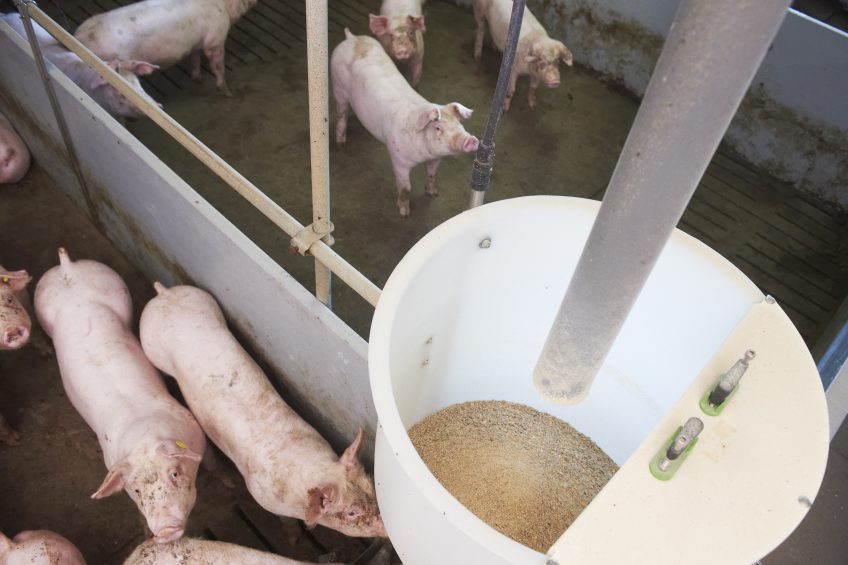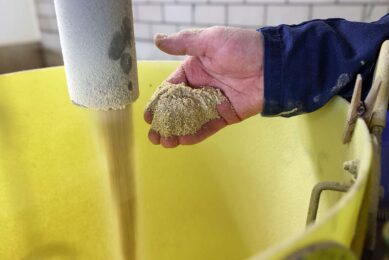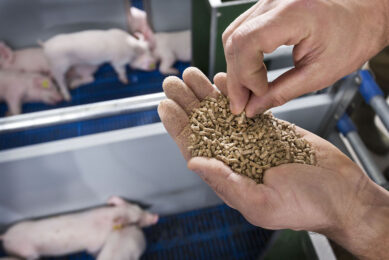Less crude protein, less greenhouses gases

Pig manure is a source of greenhouse gases and can pose a risk for the environment. Dietary changes, such as lowering the crude protein level, can help.
The environmental impact of intensified pig production in Europe is significant. Pig manure is a source of greenhouse gases (GHG) like methane (CH4) and other harmful gases such as ammonia (NH3). Increased public concern on the livestock environmental footprint made EU legislation regulate the potential quota of atmospheric pollution. In this legislation, animal nutrition is considered as a key strategy.
Less crude protein, more fibres
A number of studies have been conducted over the last decades, looking at how nutritional changes can decrease the emission of greenhouse gasses. Most studies have been done on cows. A new study, published in the journal Animal Feed Science and Technology, looked at the pig sector and delved into the impact of reducing dietary crude protein and increasing total dietary fibre on hindgut fermentation, the methanogen community and gas emission in growing pigs. The study was conducted at the Swine Research Center of Catalonia, located in Torrelameu, Spain. 64 cross bred 6 week-old intact male pigs (initial BW = 13.8 ± 2.3 kg) were randomly distributed to 4 separated modules using a 3-phase feeding programme in which 2 dietary crude protein (CP) and total dietary fiber (TDF) levels were tested. Phase I (from 6 to 11 weeks), II (from 12 to 16 weeks), and III (from 17 to 21 weeks of age). The room air was sampled and analysed for NH3 and CH4 while the slurry pit air was sampled and analysed for CH4 content during the early growing, growing and finishing periods. At the end of the finishing phase, 16 random pigs were sacrificed and cecum and colon contents were sampled to determine fermentation and microbial parameters.
Age and CP level have an effect
Total (environmental) NH3 volatilisation increased with the age of the animals, reaching the maximum at the 21st week (8.5g per animal and day of age). Dietary CP content had a significant impact on this parameter. NH3 losses reduced 8.6% per each percentage decrease in crude protein content of the diet. For methane emission, the researchers found that the emission of methane increased with the age of the animals. The highest emission values were seen in the last phase (108.7 kg liveweight, phase III). However, neither crude protein nor total digestible fibre significantly affected the emission of methane. Although there was a difference between the high fibre group and the low fibre group, but no relevant changes in methanogen concentrations were detected. The methane production measured at the slurry pit contributed significantly to total CH4 emission (3.26, 9.02 and 16.91% in the phases I, II and III respectively).
 Beheer
Beheer








 WP Admin
WP Admin  Bewerk bericht
Bewerk bericht